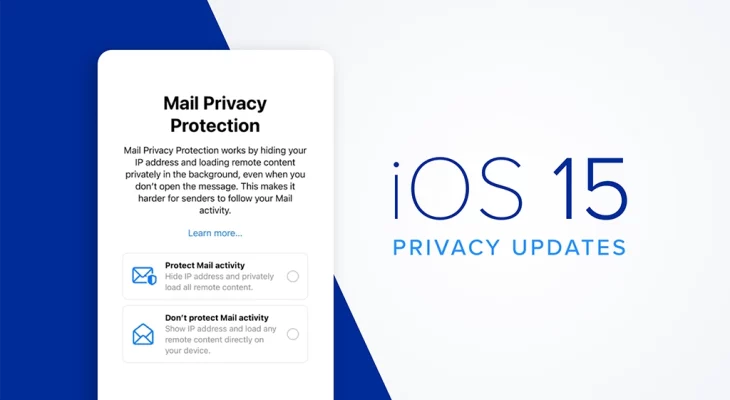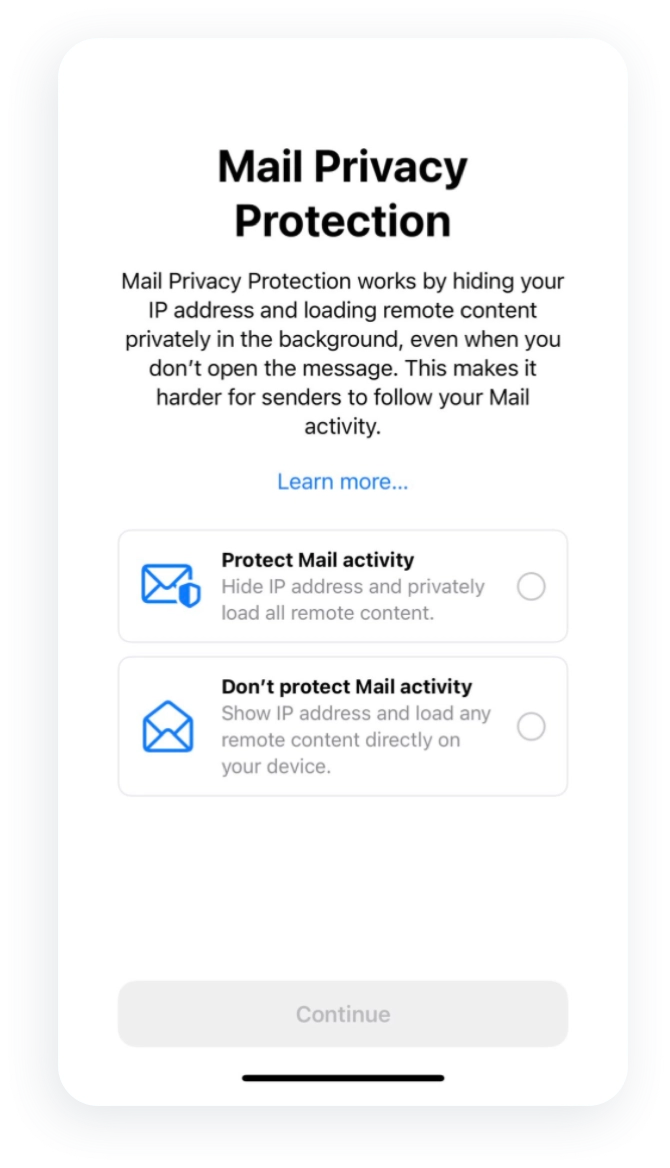Apple recently previewed new privacy protection features that will soon (likely fall 2021) be available on iOS 15, iPadOS 15, macOS Monterey, and watchOS 8 devices. As we covered in our webinar with SparkPost, third-party cookies are disappearing — and no longer supported by all internet browsers — as consumers demand increased privacy. This shift in the customer experience has placed an even greater emphasis on prioritizing first-party data for not only new customer acquisition, but also ensuring the lifetime value of your customers.
So, what do Apple’s privacy updates mean for your brand’s marketing strategy? Let’s dive into the various components that may be affected.




